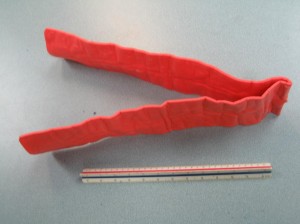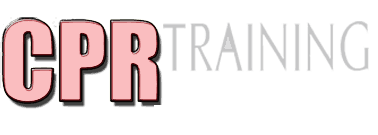Water sports in Hawaii
Hawaii has some of the most famous beaches in the world, with amazing weather all year long making it perfect for water sports. However, water sports can be dangerous and has its own fair share of accidents. Especially when these accidents occur in water, one of the worst things that can happen is drowning. CPR is very helpful for these kinds of accidents, because it can help restore the spontaneous beating for the heart and eject water from the lungs.
Saving a life with CPR

Cardiopulmonary resuscitation (CPR) uses chest compressions to make the heart beat and rescue breaths to deliver oxygen to the blood. When a person drowns, his lungs fill with water, causing both respiratory and cardiac arrest. Each compression done on the chest pumps the heart and causes water to go out of the lungs. In Hawaii CPR, we will teach you how to give basic CPR as well as advanced medical management depending on the course you enroll in.
We have eight total courses (5 training courses and 3 re-certification classes).
Honolulu CPR
At Honolulu CPR, you can choose to enroll in a basic CPR or advanced CPR class. We have three basic classes and two advanced classes. Basic classes teach one and two-person rescue, first aid, automated external defibrillation, and guidelines from the American Heart Association.
- Basic CPR and AED – general public course, 4 hours long; one-person CPR, first aid, and AED training
- Basic CPR and AED (C) – healthcare provider course, 4.5 hours long; one-person CPR, first aid, and AED training
- Basic Life Support for HCPs – healthcare providers course, 4.5 hours long; one and two-person CPR, first aid, and AED training, as well as BLS guidelines from the AHA.

You will notice that basic CPR classes are aptly named because they focus mainly on the basics of CPR – compression, rescue breaths, and defibrillation. The general public can enrol in only one of the courses, the basic CPR and AED class also called Heartsaver CPR and AED. Another version of this course is available for healthcare providers, called Heartsaver CPR and AED (C).
On the other hand, advanced courses are focused on medical management of cardiac arrest. Basic courses only focus on management done outside of an organized medical environment. Advanced courses teach trainees how to manage cardiac arrest in an organized, clinical environment, such as an emergency room or any area in the hospital.
Advanced Cardiac Life Support (ACLS) is an advanced course that teaches trainees how to manage adult patients or victims. Likewise, Pediatric Advanced Life Support (PALS) teaches trainees how to manage pediatric patients or victims. Both courses have the same basic curriculum: medical management through medication and use of equipment.
